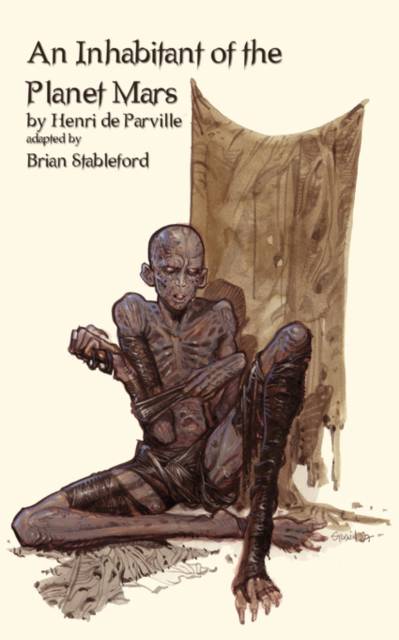
- Afhalen na 1 uur in een winkel met voorraad
- Gratis thuislevering in België vanaf € 30
- Ruim aanbod met 7 miljoen producten
- Afhalen na 1 uur in een winkel met voorraad
- Gratis thuislevering in België vanaf € 30
- Ruim aanbod met 7 miljoen producten
Zoeken
Omschrijving
What if a meteorite dug up by a Colorado oil prospector turned out to contain a mummified body believed to originate on Mars? Initially written in 1864 as a hoax by the science correspondent of a French newspaper, An Inhabitant of the Planet Mars immediately caught the attention of Jules Verne's publisher who released it in an expanded book version. Henri de Parville, a renowned 19th century scientific journalist, broke new ground regarding the possibilities of extraterrestrial life. By keeping his straightforward narrative to a minimum, he achieved a striking combination of quasi-non-fiction and speculative ambition, developing a theory of life and the universe that was remarkably ahead of his time.
Specificaties
Betrokkenen
- Auteur(s):
- Uitgeverij:
Inhoud
- Aantal bladzijden:
- 200
- Taal:
- Engels
Eigenschappen
- Productcode (EAN):
- 9781934543450
- Verschijningsdatum:
- 1/07/2008
- Uitvoering:
- Paperback
- Formaat:
- Trade paperback (VS)
- Afmetingen:
- 127 mm x 203 mm
- Gewicht:
- 222 g

Alleen bij Standaard Boekhandel
+ 54 punten op je klantenkaart van Standaard Boekhandel
Beoordelingen
We publiceren alleen reviews die voldoen aan de voorwaarden voor reviews. Bekijk onze voorwaarden voor reviews.











